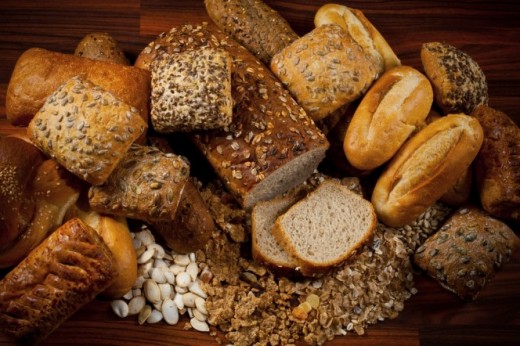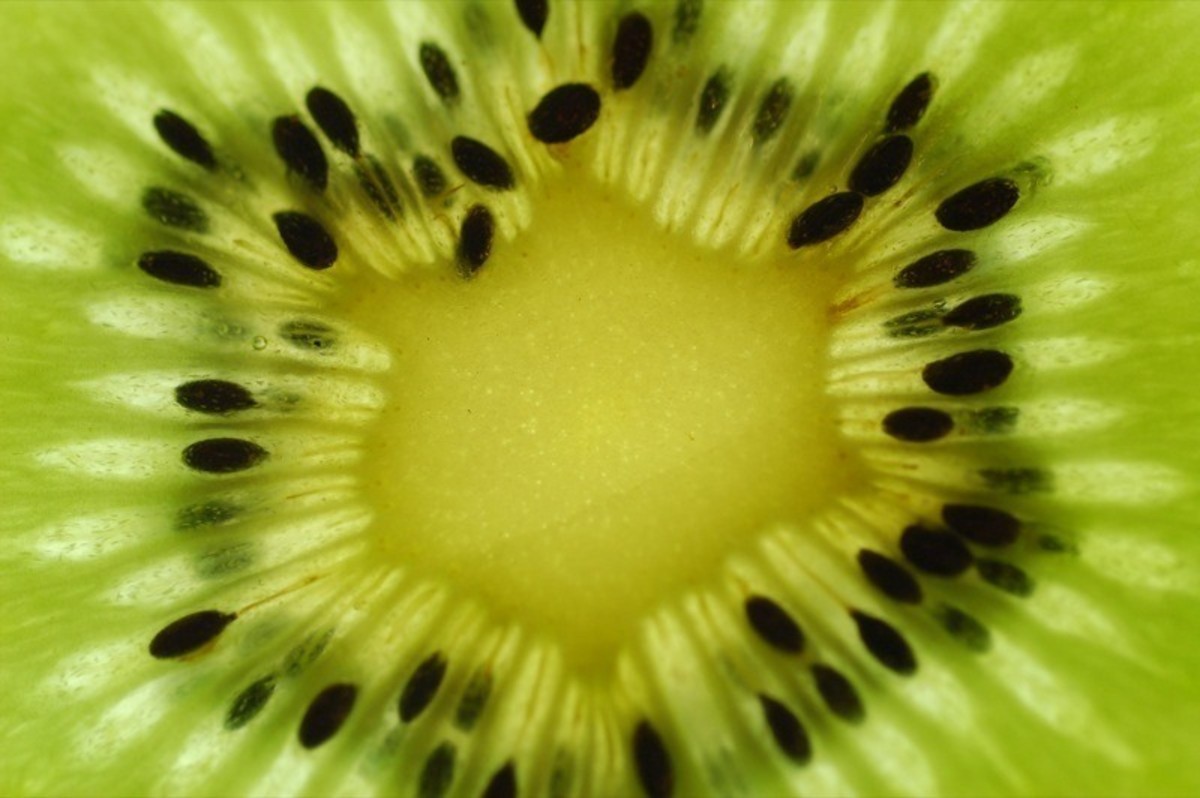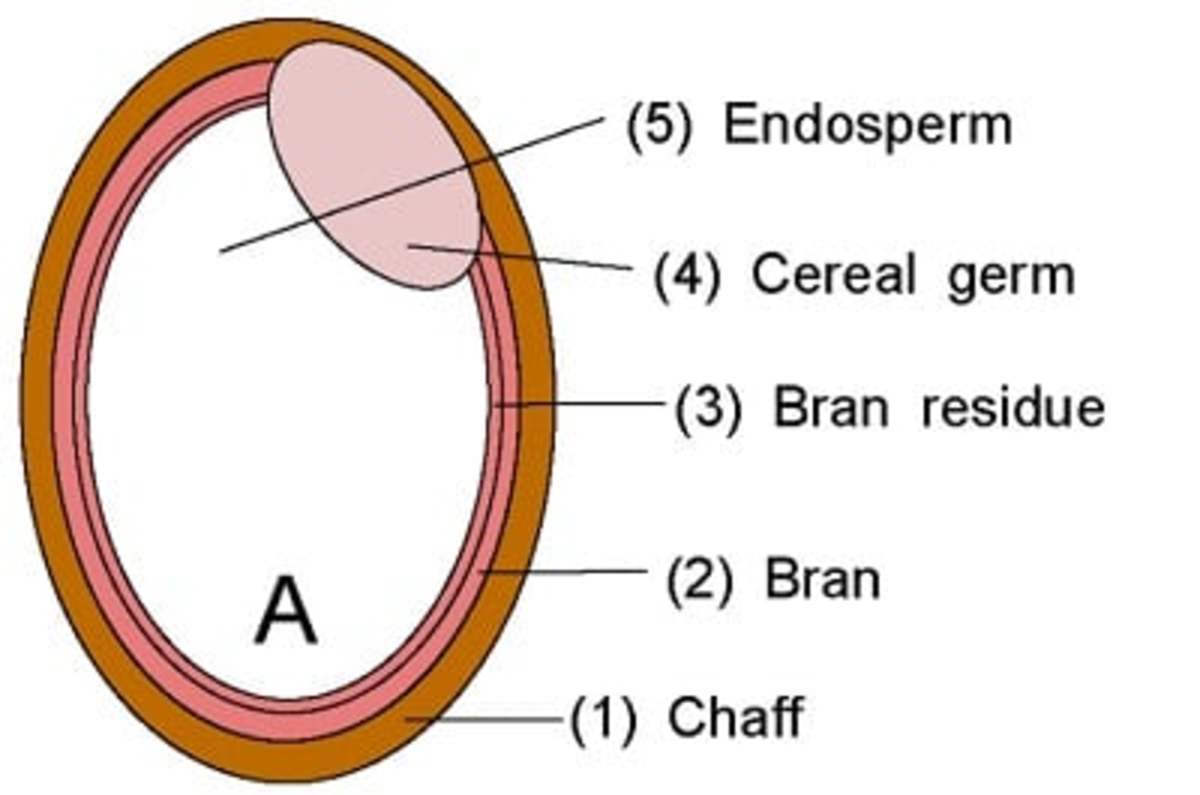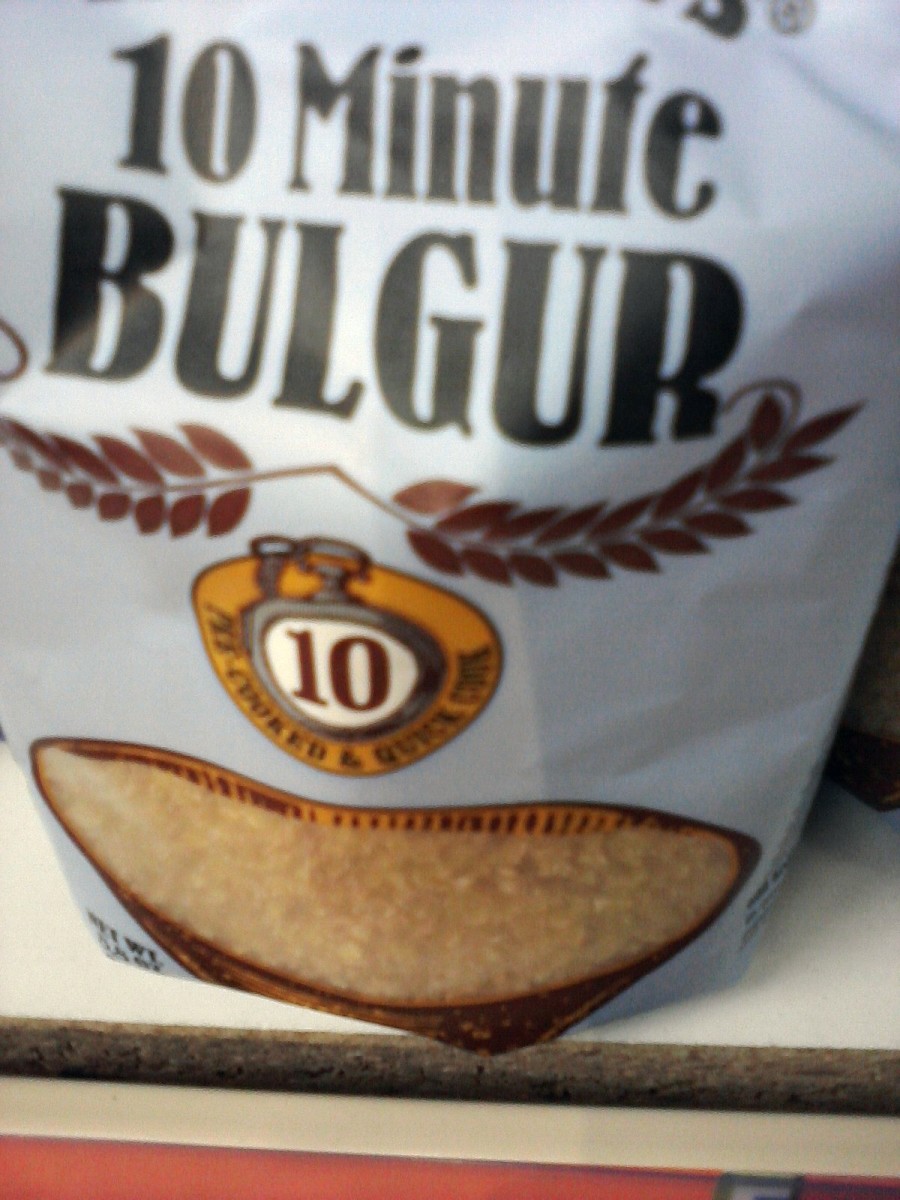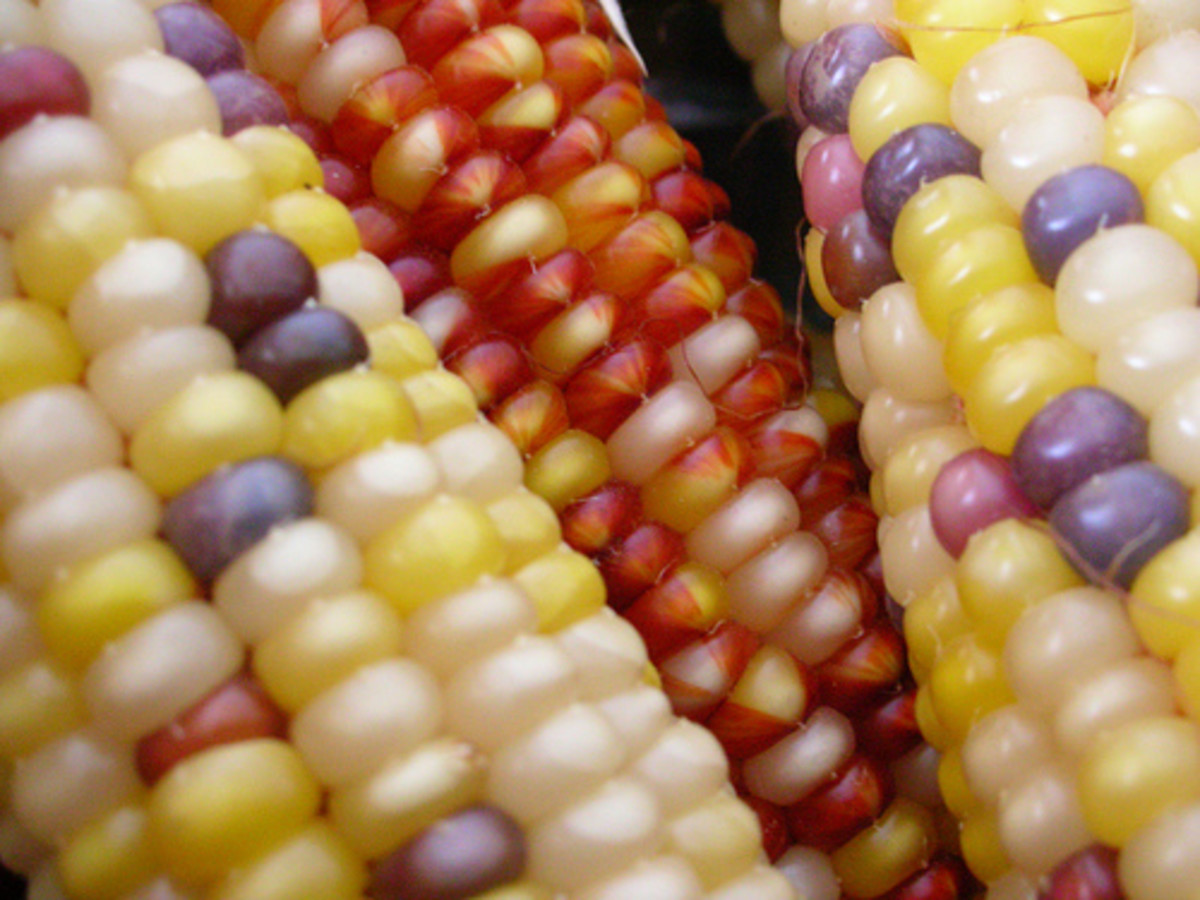A Brief History On Grains and their benefits
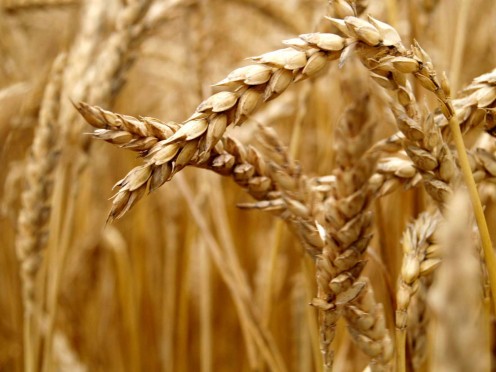
The history and benefits of grains
If you just look around where there is food you'll notice that our world is ever so health conscious. It's organic food VS genetically modified food and the war is ugly. Many people just eat, eat and eat and never give it much thought until a health risk surfaces. In America super sized portions are killing us slowly and genetically engineered food is everywhere. Most people are not aware of the deceptive corporations that bring science to our dinner tables. Organic food is gaining so much interest along with non-corporate farming that much effort has been put into to imposing corporate farming bans in some city and states.
Organic foods have been the target of pros and cons the world abroad. Grains on the other hand are undeniable in their abilities. Whole grains can supplement many of the vitamins and proteins that we look for in organic foods but the two combined can be so healthy that it can reverse many illnesses thought to be incurable. A nutritionist will tell you that you don't need medicine to be healthy, you need nutrition to maintain a healthy lifestyle.
Here's the list of grains that I am familiar with and can teach you a little about. I have included a brief history of their beginnings and nutritional values.
Often referred to as a pseudo-grain, vegetable and even a herb that derived in Mexico. The amaranth seeds have been cultivated by the Aztec, Mayans and Incan civilisations thousands of years ago. Amaranth is a good source of vitamin A, vitamin B6, vitamin C, vitamin K, riboflavin and folate. Minerals are found in amaranth is high numbers but the one that stands out the most is manganese. Along with these nutrients there's lysine which has been clinically showing potential in the treatment of cancer. There are currently 60 species of amaranth recorded.
Barley:
Barley is an ancient grain that was cultivated way before wheat was. It is mostly used in the process of beer making and for feeding livestock. It has more thiamine, riboflavin and vitamin E. Barley can be grown in harsh conditions and was one of the first domesticated grains.
Buckwheat is said to have been cultivated for about 1000 years. It is said to not be a grain at all It is said to have domesticated in China but flourished in Russia. Buckwheat has 8 amino acids, a rich supply of rutin, is rich in proteins and is gluten free.
Corn:
Corn is said to have derived from somewhere in Mexico around 7000-9000 years ago. Modern scientist found that it came from a wild grass called teosinte. It is documented in North America as early as 1000 years ago and was not introduced to Europe until Christopher Columbus returned from his trip to the Americas. Corn is known for being good for the eyes and is a great source of vitamin B1, vitamin B5, vitamins C and E, folic acid, dietary fiber, fatty acids. Corn is also a good source for the minerals phosphorus and magnesium.
Flax:
Flax is considered a nutritional wonder grain. It is believed to be around longer than most grains and is known to have been cultivated by Babylon Empire around 3,000 BC. It was brought to North America around 1617. Flax is rich in fatty acids and omega-3 oil. Along with it's nutritious oil attributes it has high amounts of vitamin E, great value of fiber, folacin, niacin, vitamin B6, riboflavin. Potassium, calcium and phosphorus are some of the minerals included.
Kamut:
Kamut is a kernal relative of wheat. It is said to have been found in pyramids of Egypt. By 1988 an agricultural sciencetist had built the strain back up and started marketing it commercially. Kamut is a a relatively high protein grain containing 30% more protein then wheat. Along with great protein it has substantial levels of vitamin E, Thiamin, Riboflavin, phosphorus, magnesium, pantothentic acid, copper, complex carbohydrates and zinc.
Millet is a gluten free grian believed to have been first cultivated by man in China around 5,500 BC. There are currently around 6,000 varieties worldwide. Millet has a high oil content which gives it more calories then wheat. Millet is rich in vitamin B, potassium, phosphorus, magnesium, copper, zinc, iron and manganese.
Oats:
Oats date back to 2,000 years BC. Oats are rich in the vitamin B, vitamin E ,minerals and offer a great supply of lysine. There is also a great balance of amino acids in oats and contain a high level of carbohydrates which can reduce the risk of some types of cancer. Oats is one of the most versatile grains and can be mixed with many types of foods. Oats can be very successful in reducing high levels of cholesterol.
Kernal of corn were found in a bat cave in Mexico around 5,600 years ago. Popcorn is a type of flint corn considered to be a healthy food rather a junk food. Popcorn contains substantial amounts of fiber, carbohydrates, vitamin B, potassium, phosphorus, magnesium, zinc, iron, pantothenic acid, copper, manganese and linoleic acid.
Quinoa is technically considered a fruit and a gluten free product. It is known to have been grown as far back as 5,000 years ago in and around the Andes mountains. Quinoa can be grown just about everywhere. Quinoa is one of the few grains with a relatively balanced protein. Quinoa has high levesl of the amino acid and lycine.
Rice:
Rice is the most universal grain. It is believed that rice was first cultivated in central India but largely cultivated by the Chinese around 5,500 years ago. Rice was introduced to Europe around the 12th century. There are currently about 7,000 varieties around the world. White rice is poor in nutrients while brown rice is rich in manganese, selenium and magnesium.
Rye:
Rye has been in cultivation for 2,000 to 3,000 years. It is believed to have derived from Asia Minor. It made it debut in North America in the 16th century. It is known that rye can grow in poor soil and harsh weather. Rye is a good source for fiber, vitamin E, riboflavin, folacin and pantothentic acids. Rye has twice as much lysine as wheat.
Spelt can take more than a year to grow to a use. It has been referred to in the Old Testament and is believed to have been grown as far back as 9,000 years ago in Europe. If your allergic to wheat then spelt can be a great alternative. Spelt contains 15 - 21% protein more than wheat. It's high in wheat in complex carbohydrates, iron, potassium and vitamin B.
Triticale is a relatively new grain that was man made by crossing rye and duram wheat. Triticale first was grown in 1875 but took decades to be perfected. It was first commercially available in 1969. Triticale is indeed a healthier grain then it's counterparts. Triticale has high protein and a higher quality amino acid balance than rye and duram. It has a higher lysine levels than wheat and similar to wheat it can be stored for long periods of time. ost of the Triticale of the world is grown in Europe.
Wheat derived from wild grasses more than 9,000 years ago. The Egyptians were the first to use it to form bread. It has the highest levels of gluten than any other grain. It is a good source of fiber, iron, magnesium, manganese, omega-3 fatty acids, potassium, phosphorus, protein, selenium, vitamin E, and zinc.
The best place to buy grains for me is Whole Foods Market who also offer a great variety of dried vegetables, fruits, and dried fruits. A great place to buy whole grains from online is simple Nuts.com, Bluebird Grains Farms, Conagra Mills, and The Healthy Buyer's Club.
Thank you for checking out my Hub on the history and benefits of grains. Be sure to watch out soon for my Hub teaching you how to incorporate these grains into the many foods that you eat everyday.
So Many Grains
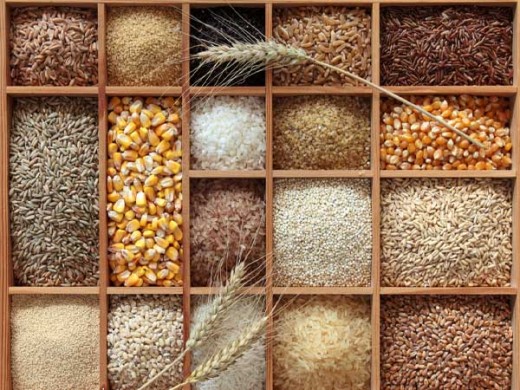
What is a true whole grain?
Whole Grain Bread
